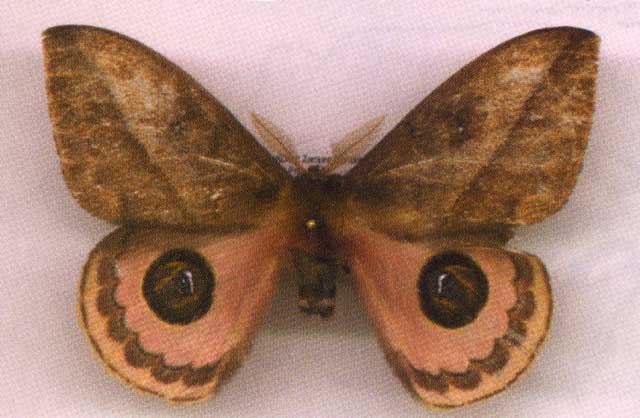Pseudautomeris chinchipensis
Racheli & Racheli, 2006

Pseudotomeris chinchipensis holotype male,
Rio San Francisco, Zamora Chinchipe, Ecuador,
May 1999, 8:30-9:00pm, 2212m, courtesy of Luigi Racheli
This site has been created by
Bill Oehlke at oehlkew@islandtelecom.com
Comments, suggestions and/or additional information are welcomed by Bill.
TAXONOMY:Superfamily: Bombycoidea, Latreille, 1802 |
"What.A.Wonderful.World" |